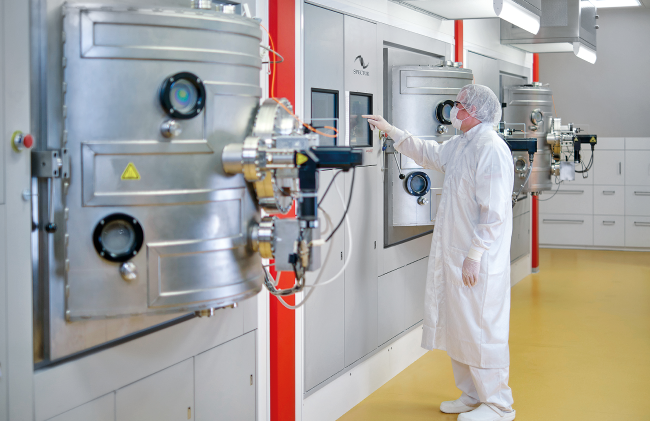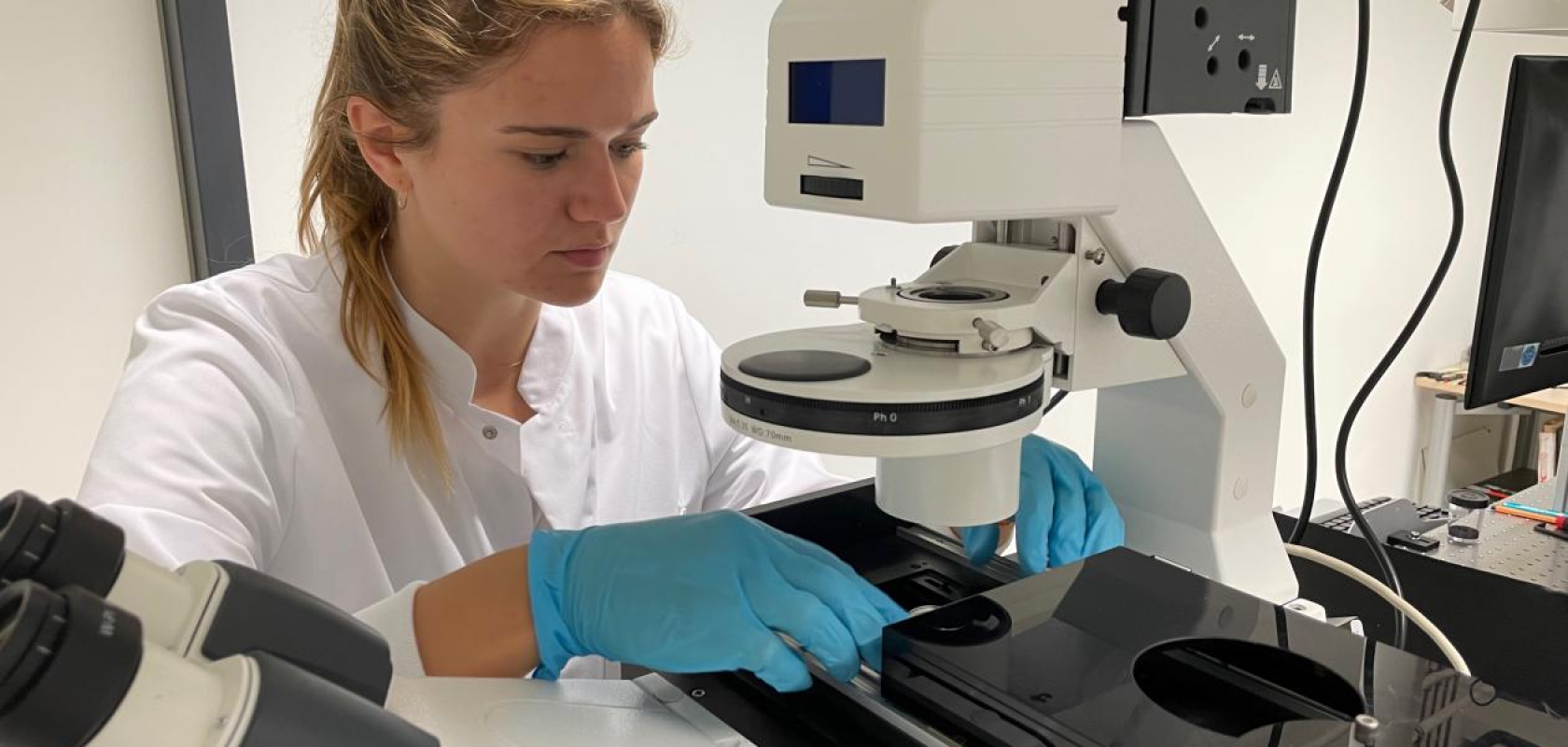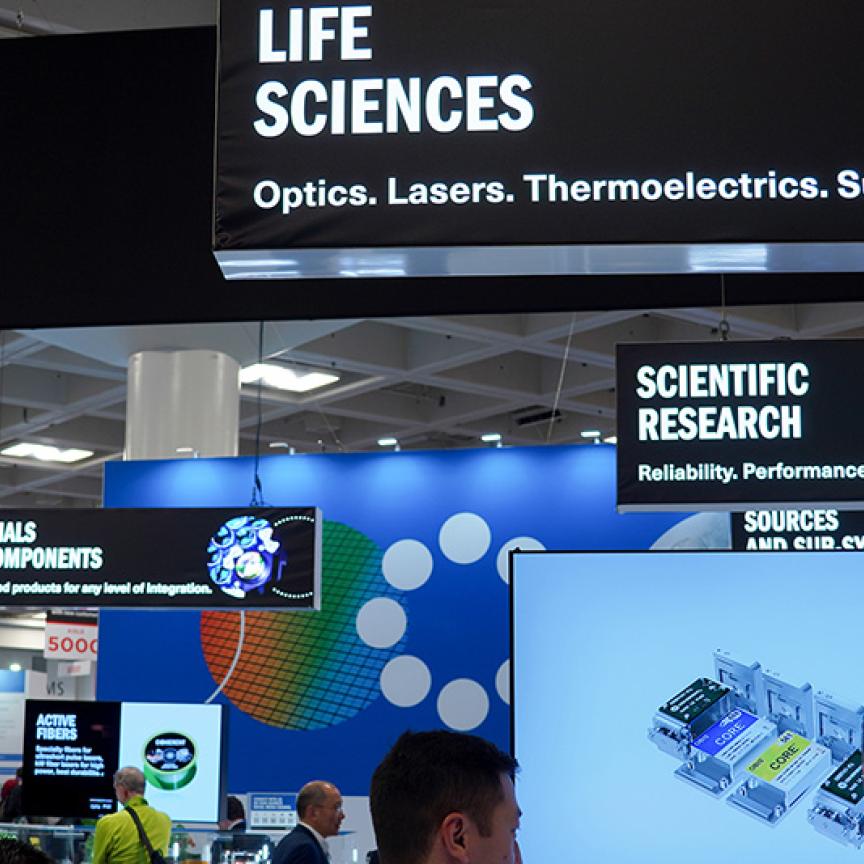The Laser Zentrum Hannover (LZH) and three partners are looking to develop fast, marker-free, contactless imaging with a multi-modal microscope for detecting bacterial growth.
The work, being conducted in the joint project ‘PriMe’, could significantly accelerate the characterisation and classification of biofilms – which is interesting for research and diagnostics in clinical environments.
According to the partners, deciphering the composition of biofilms currently takes at least a day – an enormously long period for the clinical setting in which biofilms can be life-threatening.
The PriMe project is therefore looking to speed up this process significantly through combining multiphoton microscopy and metabolic imaging.
To this end, the researchers are developing a novel laser beam source with spectral properties specifically adapted to the application. With this laser source, the LZH and partner Becker & Hickl, are looking to detect metabolic products such as the coenzymes NADH, FAD, and additionally the amino acid tryptophan. The latter is a central component of proteins and peptides.
The combined results should then make it possible to determine which bacteria are present in the biofilm. The project goal is to develop a demonstrator with which clinical material can be examined.
The basis for the demonstrator will be an innovative, multi-modal ultrashort pulse fibre laser system, which the LZH is developing together with Valo Innovations and TEM Messtechnik. It will be optimally adapted to the needs of multiphoton microscopy and extended fluorescence lifetime measurement.
With the new laser source, the scientists aim to gain fundamentally new insights into bacterial communities and environmental influences. They also want to lay the foundation for a new diagnostic procedure that could significantly simplify the treatment of bacterial infections.
APE Angewandte Physik und Elektronik is an associate partner of the PriMe project, which is being funded by the German Federal Ministry of Education and Research (BMBF).
Expanding test methods for modern, high-performance laser optics
The LZH is also taking part in the project ‘cw-LIDT’, which is exploring how modern high-power laser optics can be reliably examined.
A limiting factor in developing new laser systems is the optical resilience of the components involved in generating and guiding the laser radiation – necessary to achieve ever higher optical outputs. At the same time, there is a growing demand for smaller, lower-weight optical components, for example, for use in galvanometer scanners in materials processing applications. Therefore, together with partners LaserOptik and Raylase, the LZH is developing measurement routines to test and consequently guarantee the performance compatibility of such modern optics.

In the cw-LIDT project, LaserOptik is developing advanced coatings of the highest destruction resistance for use in the deflection units of partner Raylase. (Image: LaserOptik)
According to the partners, the project is necessary because the findings of existing optics tests cannot be transferred to lower-weight optics with smaller surface areas. They cite ISO standard 21254, for which an optic has to be irradiated at 100 positions, and explain that it is not possible to do this with smaller surface area optics, as “the measuring points influence each other, for example through thermal conduction or thermal stresses”.
In the cw-LIDT project, LaserOptik is developing optical coatings of the highest destructive strength and adapting them to special geometries. The optical components are then inserted into a deflection unit manufactured by Raylase and tested by the Photonic Materials group of the LZH close to the application – i.e. in the finished module and with parameters similar to the later application. In doing so, the partners are taking into account different materials, geometries and manufacturing processes. Different optics are being investigated, with the results being used to create models that could make optics even more robust in the future.


